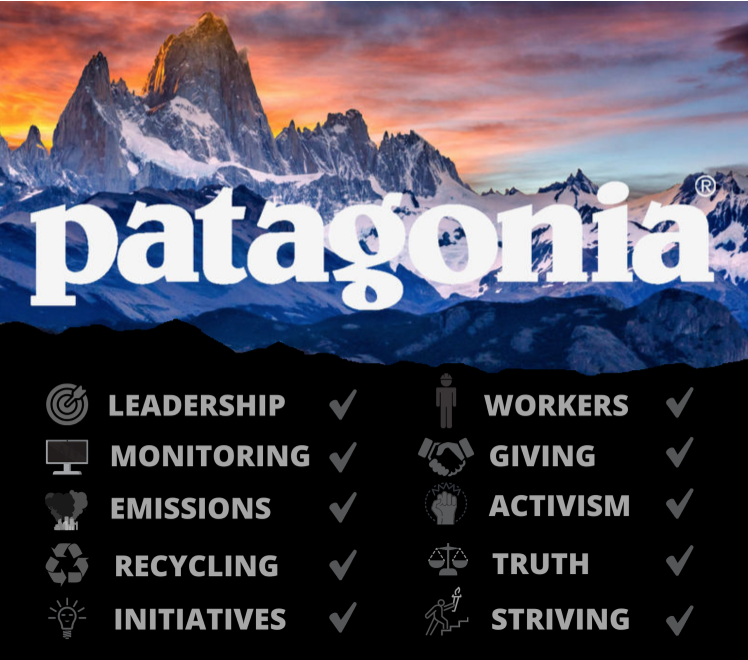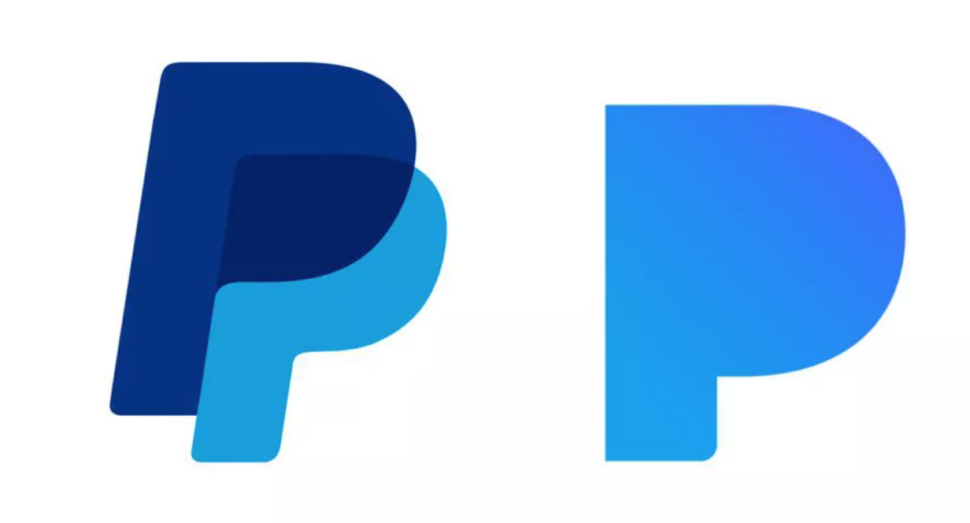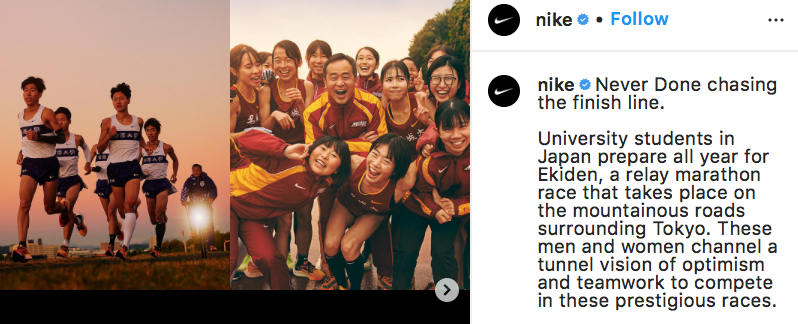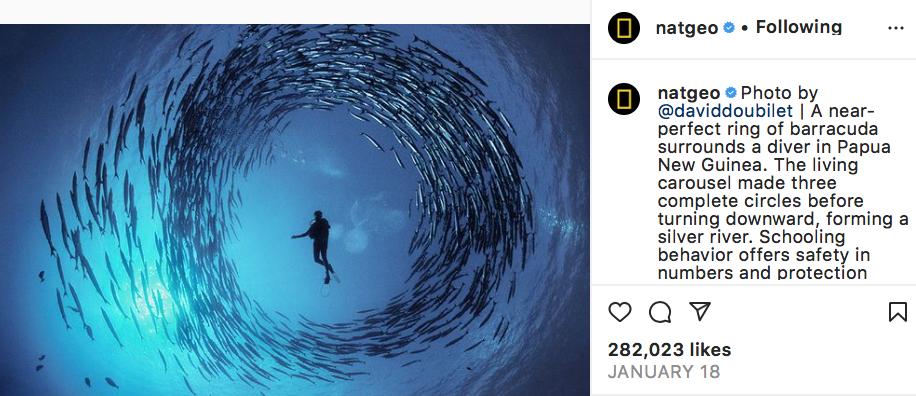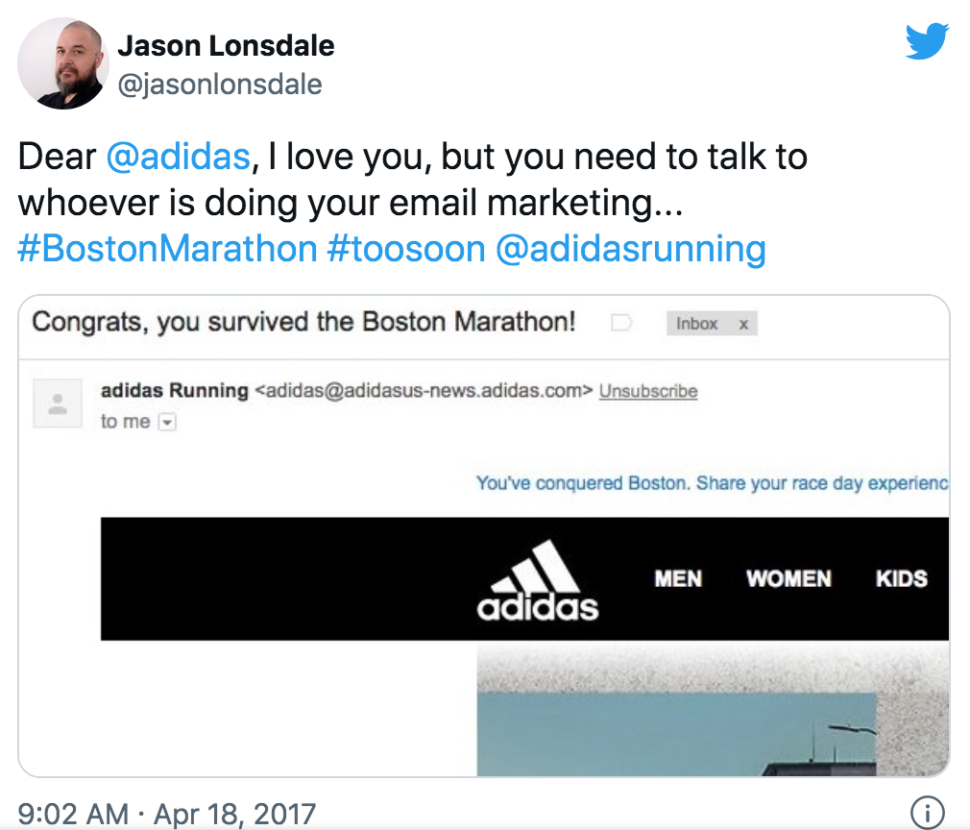As an entrepreneur, you’ve probably spent a lot of time thinking about the biggest branding mistakes and how to avoid them. The thing is, mistakes are unavoidable. When they do happen, the best thing you can do is learn from them.
We’ve put together this guide to look at common branding mistakes businesses make and share the lessons we all can learn from these snafus. If you ever do find yourself in the same position, you’ll know what to do.
Let’s get started.
Table of contents
Why is branding so important?
If you’ve already begun the branding process for your business or for a product, you know it’s not as simple as picking a fun logo and catchy tagline. Your brand conveys the personality and purpose of your business.
Everything from your colors to your marketing copy should be carefully thought out and designed to best represent your brand. After all, it’s brand perception — how your buyers see your brand — that prompts them to choose you or go elsewhere for their products. (Doing a brand audit similar to this Lululemon brand audit can uncover how consumers view your brand and reputation).
When businesses make mistakes, it can negatively affect brand perception and drive customers away. So what are some of the biggest branding mistakes? Let’s take a look.
What are some common branding mistake examples that large companies make?
No matter how large or small a company is, mistakes are bound to happen. It’s critical to avoid these mistakes if you can. However, if you do make them, own up to them and move forward with a plan of action.
Here are some of the biggest branding mistakes that large companies make.
1. Not keeping your brand promise
Brand perception is a natural byproduct of branding.
What values hold up your business? Are you dedicated to creating sustainable clothing like Patagonia, which keeps tabs on its own progress? Or does your brand claim that your company is taking part in the fight against climate change but doesn’t actually practice what it preaches?
Before you can create a meaningful brand, make a business plan that lays out what your brand provides to your customers and how it does that. Consumers are increasingly interested not only in how the products they buy can help them but also how the companies they buy from are building a better world.
Everything from your logo to your marketing copy should reflect your brand’s purpose with honesty. This creates trust between you and your customer, and that’s priceless.
2. Copying other businesses
No reputable brand sets out to copy the logo or slogan of other businesses. But given the sheer number of brands that exist in the world, some are bound to have similar marketing.
Logos that look too similar could get you into serious copyright trouble. At the very least, they create likelihood of confusion.
Take the case — which actually went to court — of PayPal vs. the music streaming service Pandora. When Pandora unveiled its new logo as part of a 2016 company rebrand, PayPal sued for trademark infringement, saying Pandora’s blue P logo looked too much like its own, which it had been using for years.
PayPal prevailed, and Pandora changed its logo to a more colorful, unique P. We happen to think it’s a lot more fitting for a service that streams every genre of music from around the world.
When you’re designing your logo, do a reverse Google image search of your top choices to make sure there’s nothing too similar that’s already on the market.
3. Having an inconsistent tone
Consistency is key to a successful brand. That’s where a style guide comes in.
A style guide sets the tone for your brand. Use it, then stick to it, when designing your marketing materials. The color combinations of your logo and packaging, the copy on your website, and the tone of your social media posts should all flow together, creating brand consistency.
4. Not identifying a target audience
How great would it be if everyone in the world paid attention to your products?
As we all know, this isn’t how it works. Your brand can’t be everything to all people.
Even giant brands like Nike and Chanel have specific target audiences in mind. Nike targets 15- to 45-year-old customers who love to be active and look stylish, while Chanel targets affluent women with an interest in elegant fashion.
Who’s your target audience? If you don’t know, now’s the time to figure it out.
How does social media play a part in brand identity?
Social media plays a unique role in today’s world. It is a place for brands to see, in real time, what their target audiences think, do, and say. It is not a place where brands can post ads and expect instant engagement. They have to nurture their brand identity and gain trust over time.
Take Nike, one of the most popular brands on social media with more than 200 million Instagram followers. None of Nike’s Instagram posts are traditional ads. Each post features an athlete, usually one that most people have never heard of before.
The athlete is almost always wearing or using Nike-branded gear, but the post caption says nothing about that. Instead, it reads as a fascinating mini-bio of the featured athlete(s).
Honestly? We could browse these stories all day.
National Geographic is another brand with hundreds of millions of Instagram followers. With its breathtaking photos and stories from around the world, the brand’s Instagram feed proves that people want to read about people, places, and experiences. People want stories.
Use social media to tell stories that reflect the people reading them, and you’ll build the foundation for a strong brand identity.
What are some of the worst branding mistakes ever?
It’s always helpful to learn from other peoples’ mistakes. Witnessing how businesses become brand failures — or recover in one piece — will help you avoid making similar mistakes with your own brand.
Let’s take a look at three of the worst branding mistakes of all time.
1. Pepsi ad featuring Kendall Jenner
In 2017, Pepsi debuted a short film featuring cheerful protestors facing off a line of somber-looking police. Oh, and Kendall Jenner. The model joins in the protest and breezily offers a cold can of Pepsi to one of the officers, who cracks it open, takes a sip, and smiles.
Viewers were angry about the ad from the beginning. It may have been the company’s attempt at inclusivity, but many said it trivialized the Black Lives Matter movement and the experience of protestors.
In light of the 2020 protests against police brutality, the ad still evokes strong reactions. As one YouTube commenter put it, “I feel like people of all races, genders, sexual orientations, ethnicities, and identities can all come together and agree on how goddamn terrible this commercial is.”
The Saturday Night Live spoof of the commercial, on the other hand, is fun to watch.
2. Adidas email about the Boston Marathon
Upon completing the Boston Marathon in April of 2017, runners got an email from athleticwear brand Adidas that said, “Congratulations, you survived the Boston Marathon!”
The company either forgot about the 2013 Boston Marathon bombing that killed three civilians and injured over 260 more, or it thought the line would be…funny?
Either way, the line didn’t sit well with Adidas’s target market, and the company issued an apology.
3. Snapchat’s “Would You Rather” ad
Stock prices dropped for the popular app Snapchat in the aftermath of the company’s infamous 2018 ad featuring singers Chris Brown and Rihanna.
The ad took the form of a “Would You Rather” game, asking viewers whether they would rather “slap Rihanna” or “punch Chris Brown” — a reference to Brown’s 2009 assault of Rihanna, his then-girlfriend.
Rihanna fired back at the company in a personal statement, saying, “You spent money to animate something that would intentionally bring shame to DV [domestic violence] victims and make a joke of it…shame on you.”
How can brands avoid branding mistakes?
To avoid the biggest branding mistakes, test each piece of marketing copy or branding asset with your target audience before releasing it.
Using PickFu, you can test your business name, logo designs, advertisements, email campaigns, and more. You’ll get honest feedback from real people within hours, which you can use to refine your messaging and avert any branding disasters.
Find out how Amazon aggregator Thrasio rebranded and grew an Amazon FBA brand from $2 million to $23 million in annual revenue with the help of PickFu.
Build your brand with feedback from PickFu — sign up for free.

